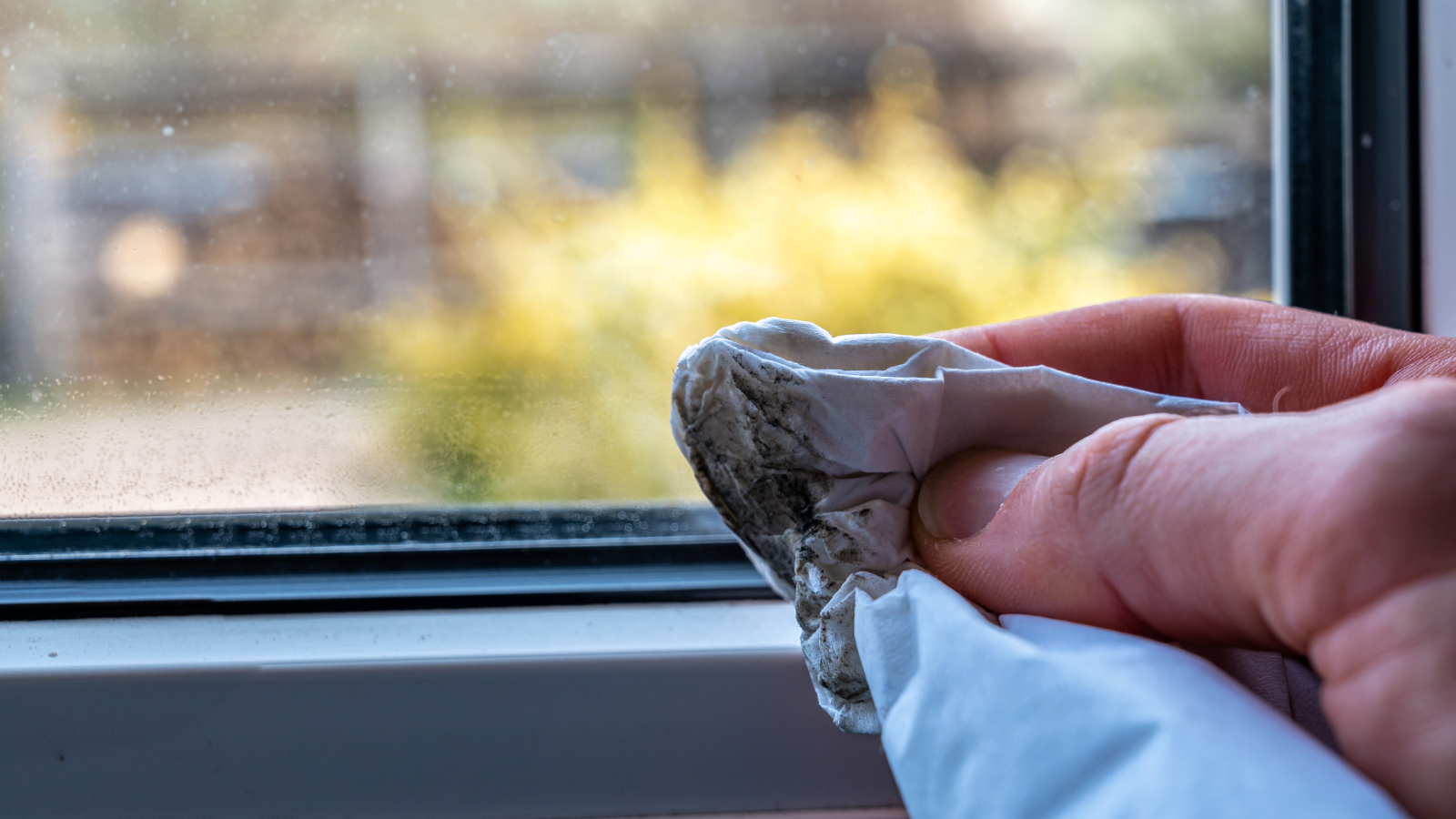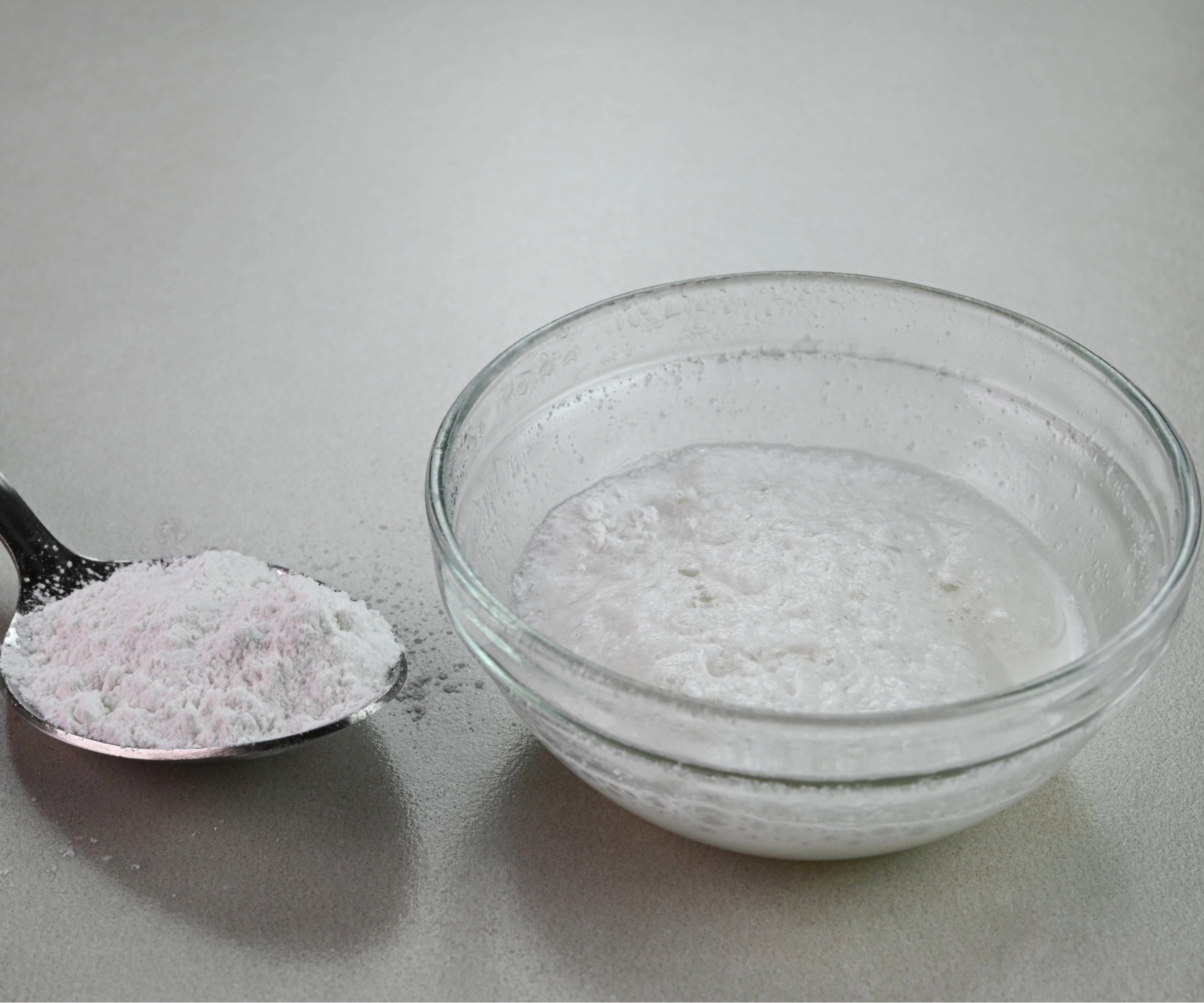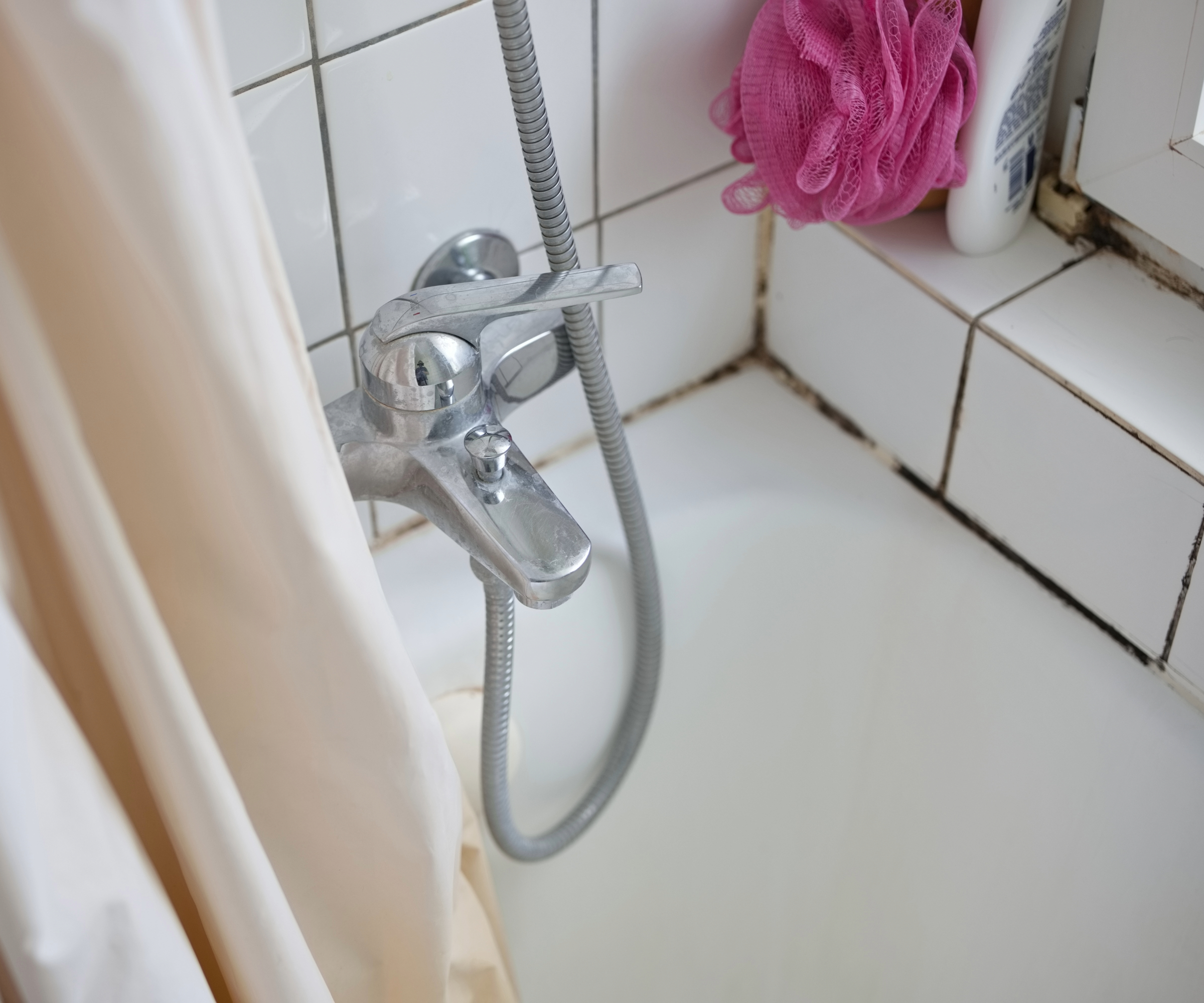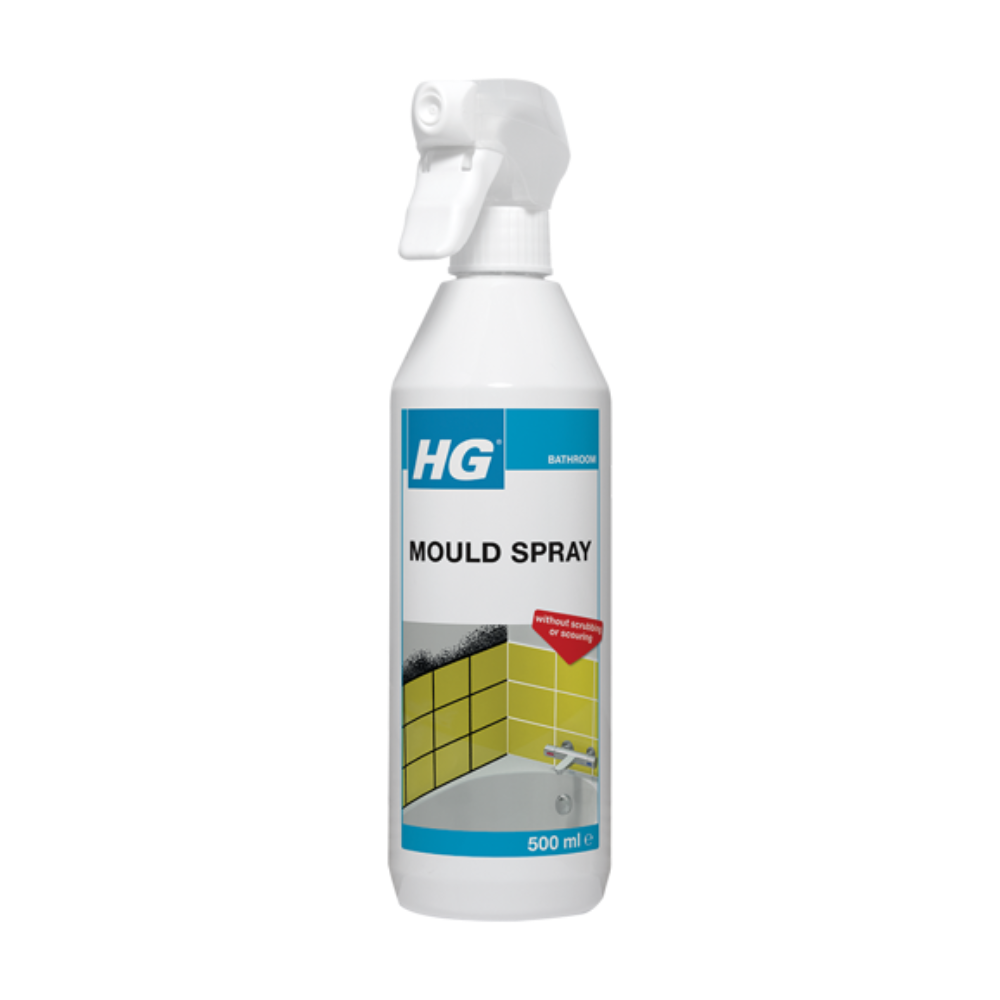How to remove black mould from silicone sealant in 4 easy steps (and for less than £6)
It's unsightly, smells bad, and can affect your health. So what's the best way to get rid of black mould on silicone sealant?

If you're wondering how to remove black mould from silicone sealant, you're in the right place – we've put together a simple step-by-step guide for you to follow, using tips and tricks from an expert.
Mould is commonly found in rooms like bathrooms and kitchens, where there's poor ventilation and excess moisture in the air. It might not look that scary, but it can have serious consequences for your health if left untreated – from respiratory issues to allergic reactions.
While it can be possible to remove black mould from silicone sealant, it's important to take the correct steps to prevent it in the first place, such as keeping humidity levels in check, using extractor fans and perhaps investing in a dehumidifier.
Mould remover spray method
The best way to remove black mould from silicone sealant is by using a good-quality mould remover spray, according to Michael Zohouri, founder of Pyramid Eco. Just remember to follow the instructions carefully and pay attention to the safety advice.
Make sure you choose one with an active biocide, which will kill the mould (rather than just remove the stain) and destroy the hidden spores that cause it to regrow.
Method:
- Put on a pair of gloves and open the windows for ventilation
- Apply your mould remover spray to the affected area
- Let it sit for 15 to 20 minutes
- Scrub the area, then rinse and dry thoroughly
Vinegar and baking soda method
If you'd prefer a natural approach, you could try the vinegar and baking soda method. While it can be helpful in some situations (like if the mould is just sitting on the surface), Michael Zohouri warns that it isn't going to be a magic fix.
Bring your dream home to life with expert advice, how to guides and design inspiration. Sign up for our newsletter and get two free tickets to a Homebuilding & Renovating Show near you.
He says, "If the mould has started growing into the silicone, vinegar won’t touch it."
Method:
- Put on a pair of gloves
- Spray the area with undiluted vinegar
- Leave it for an hour
- Scrub the area with an old toothbrush
- Mix a tablespoon of baking soda with a dash of water to form a thick paste
- Apply the paste directly onto the mould
- Scrub the area again
- Let the paste sit for 10 to 15 minutes
- Rinse and dry the area thoroughly
Since silicone is slightly porous, Michael explains that you won't be able to remove the mould once it gets inside. That's when it's time to remove the silicone completely and start again – a job you can easily do yourself. If you're unsure how, you can read our guides on sealing a bath and siliconing a shower.


Michael Zohouri is the founder of Pyramid Eco with over a decade of retrofit experience. He specialises in tackling mould, damp and ventilation issues, alongside sustainable upgrades such as heat pump installations. His focus is on creating healthier homes that improve air quality and energy efficiency.
What causes black mould on silicone?
Black mould growth on silicone can be sparked by high levels of moisture, poor air circulation, organic waste materials on the sealant surface (such as soap, body gel, shampoo, or kitchen waste), and warm temperatures.
Michael Zohouri adds, "Bathrooms and kitchens are humid, and if there’s nowhere for that moisture to escape, it creates ideal conditions for mould growth. Silicone around baths and sinks often stays damp for long periods, especially in colder homes or those with poor ventilation."
How do I prevent black mould on silicone sealant coming back?
To stop black mould from returning, follow these steps:
- Wash your bath towels, shower curtain and bathroom furnishings regularly
- Use a dehumidifier near your bathroom
- Use the best bathroom extractor fan
- Keep trickle vents open in windows
- Open a window or door to remove lingering moisture from the air after showering
- Dry clothes outside or in a well-ventilated area
- Use the best mould-resistant sealant
- Keep on top of your bathroom and kitchen cleaning
- Wipe the silicone after a shower
If the dampness comes from a structural issue, such as cracks in the wall, it will require work on the house to tackle the leak and then extensive damp-proofing work by a professional. This involves using chemical sprays to kill the mould and then the application of waterproofing agents.

How to remove mold from inside the silicone sealant
If the mould is inside the silicone sealant, you can't completely remove it without cutting it out.
Michael Zohouri says, "The mould will continue to show through the surface no matter how much cleaner you use. The only option is to strip the sealant back, treat the area, allow it to dry thoroughly, and then reseal."
There are various types of mould that you might find in your home – whether it's toxic black mould, often found on damp walls, or brown/green mould, commonly spotted under leaky sinks.
By keeping your home well ventilated, maintaining the correct humidity levels, and taking steps to prevent condensation, you won’t need to worry about black mould returning.
Sam is based in Coventry and has been a news reporter for nearly 20 years. His work has featured in the Mirror, The Sun, MailOnline, the Independent, and news outlets throughout the world. As a copywriter, he has written for clients as diverse as Saint-Gobain, Michelin, Halfords Autocentre, Great British Heating, and Irwin Industrial Tools. During the pandemic, he converted a van into a mini-camper and is currently planning to convert his shed into an office and Star Wars shrine.
- Megan MilsteadContent Editor


